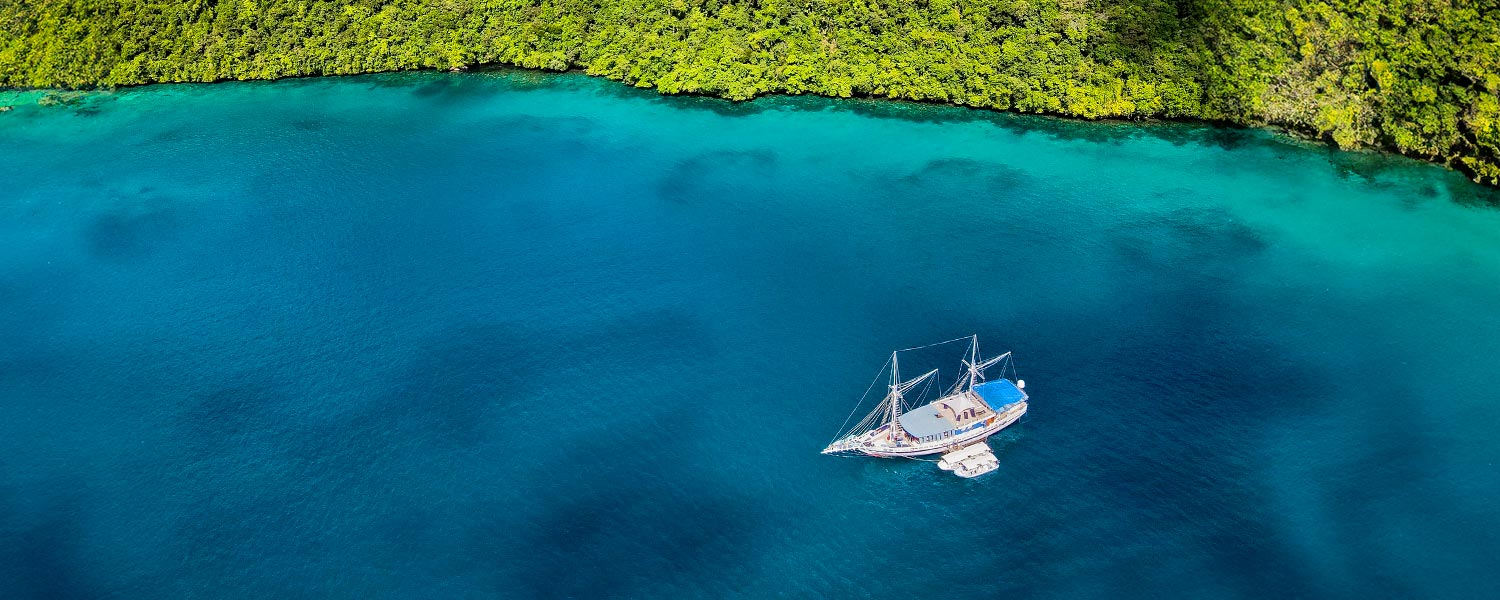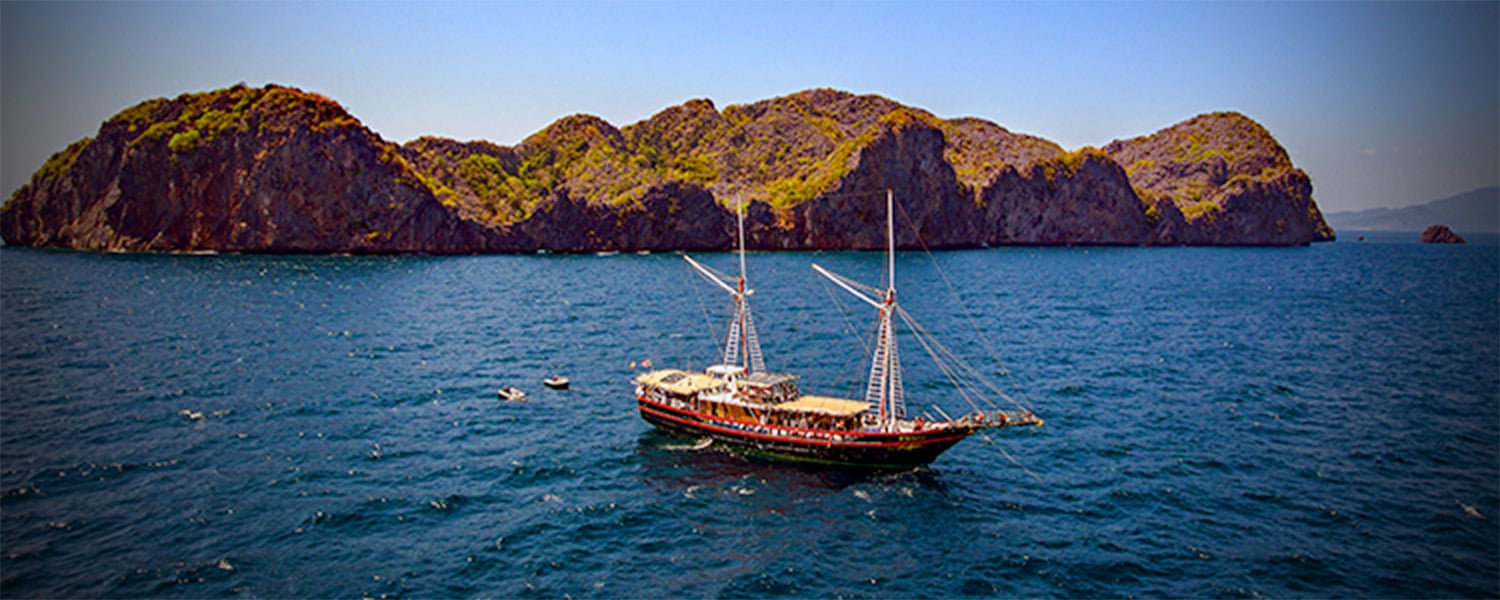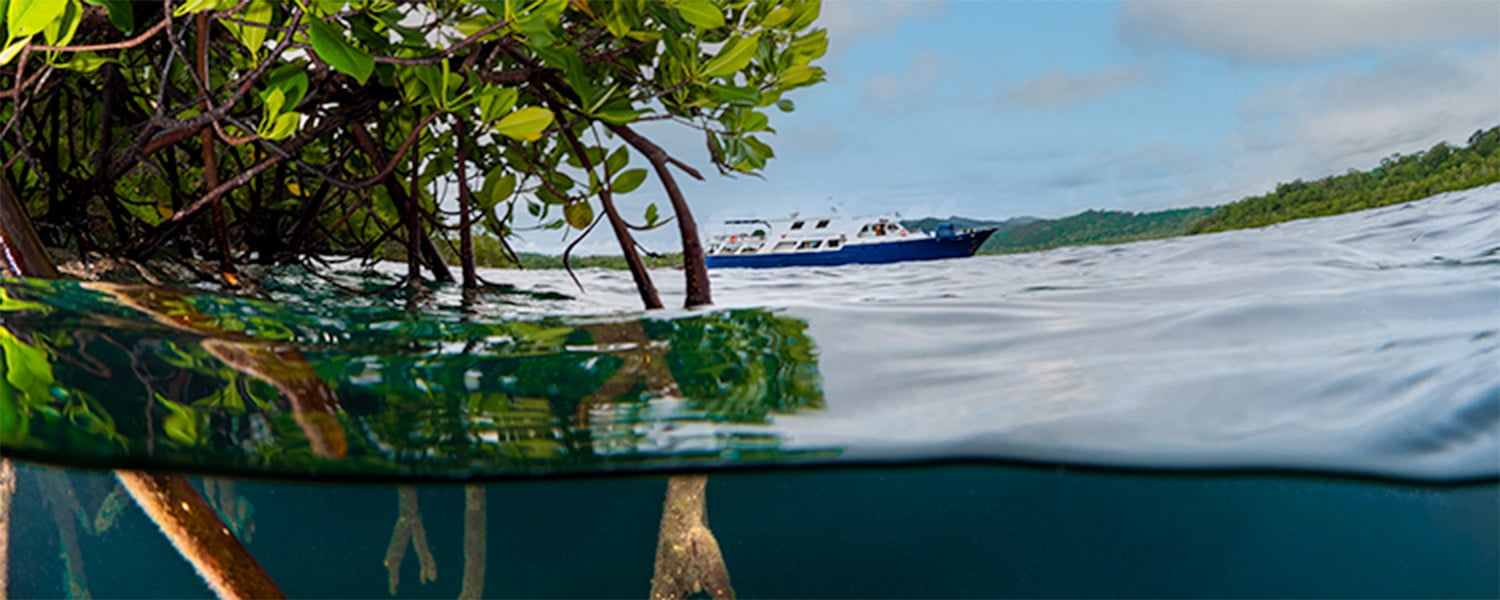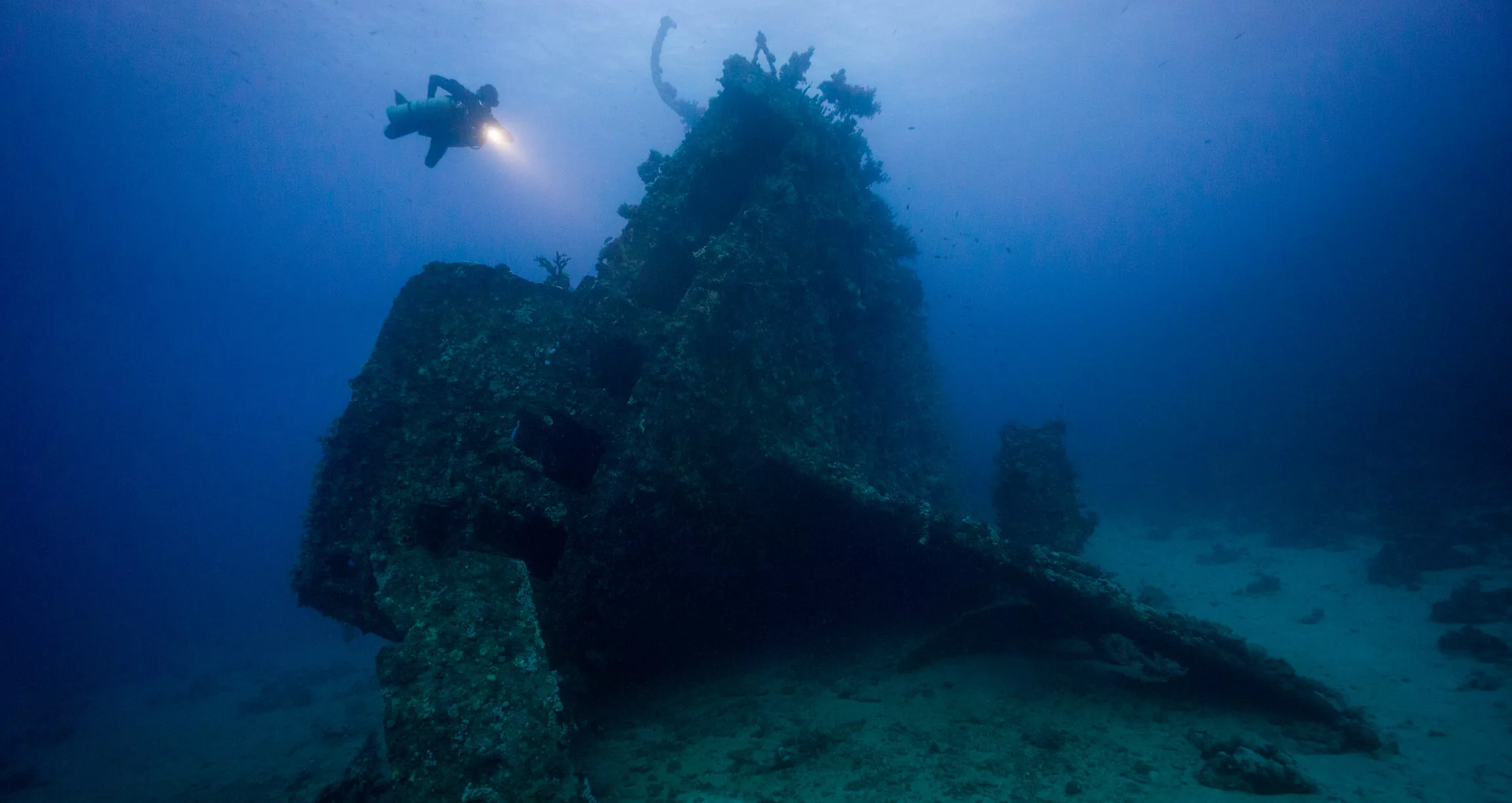Cooperative hunting is well known among some terrestrial animals (lions), birds (Aplomado falcons), marine mammals (bottlenose dolphins), and humans. However, cooperative hunting amongst different species is extremely rare .
The main reason of course, is that different species often do not communicate well between themselves, let alone outside their species. That is apart from humans. But a team of researchers, led by Swiss University of Neuchatel biologist Redouan Bshary, has just discovered that groupers and moray eels hunt together! The research is now published and it is fascinating!
Opposites attract
Normally, groupers hunt during the day in open water. Their prey, small fishes, therefore hide in the corals on the reef to remain safe.
Moray eels, on the other hand, hunt by cornering their prey inside reef holes during the night. So the best strategy to remain safe for a small fish is to go into the blue.
The two species have opposite hunting styles and times and each of them have realised and understood it!
And so to cooperative hunting
When a hungry grouper sees its prey escape into a reef’s crevice, it swims over the nearest resting moray eel. It starts to call it by shaking its head and waving its dorsal fin. Most of the time, the eel responds to the dance by leaving its crevice and follows the grouper to where the prey is hidden. Once in front of it, the grouper repeats the same dance.
The eel may want to help but will always think of itself first. Firstly it will go inside the small crevice and will try to catch the fish for itself. The grouper waits patiently, hoping that the eel only manages to scare the prey and not eat it!
Working together works!
Even though one of the 2 species might not catch the prey, both are still increasing their individual hunting success by working together. The grouper by increasing its probabilities to get the fish out of the reef, and the moray eel by hunting during the day. Moreover, both of them swallow the whole fish and prevent, thus, a fight over the carcass.
The evolution of this cooperation is completely prevented due to this non-altruist competition.
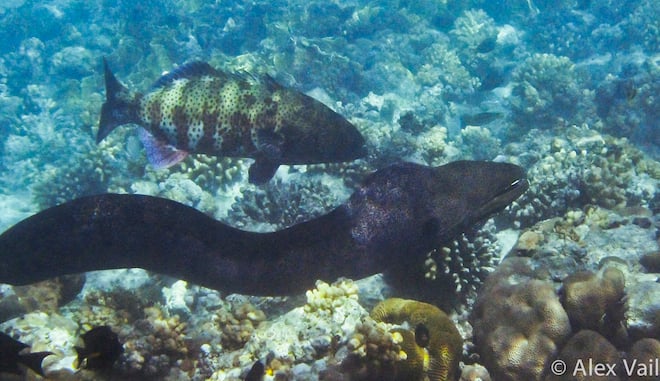
The research also suggests that groupers actually remember the effective and helpful moray eel and will return to it for the next hunt. Authors conclude that this behavior is the result of associative learning. Each species knows that hunting in the vicinity of the other improves its own success.
Life on the reef is amazing and scientists are discovering new behaviours every day. It is all about observation! And what better way to observe than join us on one of our liveaboards? Contact us today!
